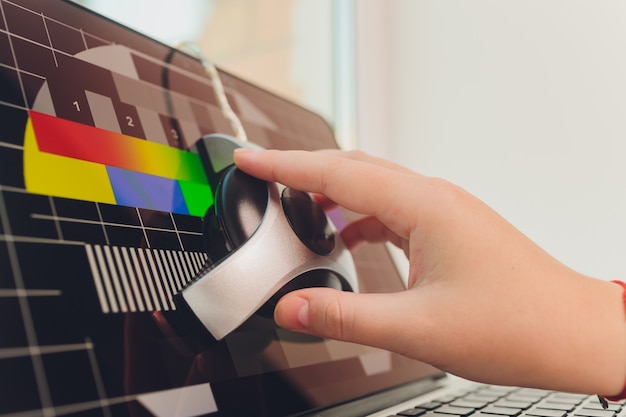
I am glad I did not wait too long, because starting from that point of my career, I was able to produce solid work that looked consistently good. Thankfully, once I had a proper setup, I was able to go back and re-process my images. However, over time, I realized that selecting a proper monitor and color calibrating it was critical, especially if I wanted my photography to be taken seriously. I did not see how I could justify spending a few hundred dollars on a colorimeter, when my monitor cost me that much money in the first place.
COLOR MONITOR CALIBRATION TOOLS FREE
At first, I thought that perhaps I could use some free color calibration tools that were already built into my operating system in order to get more accurate colors. One day I had a chance to view my images on a color-calibrated computer and after seeing how bad the images looked, I realized that it was time to change. My images often ended up with over-saturated colors and strange tones, and having no idea about things like ICC color profile, I would often end up stripping all the metadata from my images, including those color profiles. At the time, I produced very inconsistent work, because I was looking at wrong colors during post-processing. I personally did not pay much attention to color calibration for a long time and I suffered greatly as as result. For example, a smooth and beautiful sunset might appear as pale, and a black and white picture might appear too dark or too bright. If your monitor is not properly color calibrated, you are most likely not seeing everything in images you view. Wrong! It is needed for everything – from viewing your and other people’s work, to processing your own images in Adobe Photoshop, Lightroom or any other software. One of the big misunderstandings about color calibration, is that people think that it is only needed for printing.



 0 kommentar(er)
0 kommentar(er)
